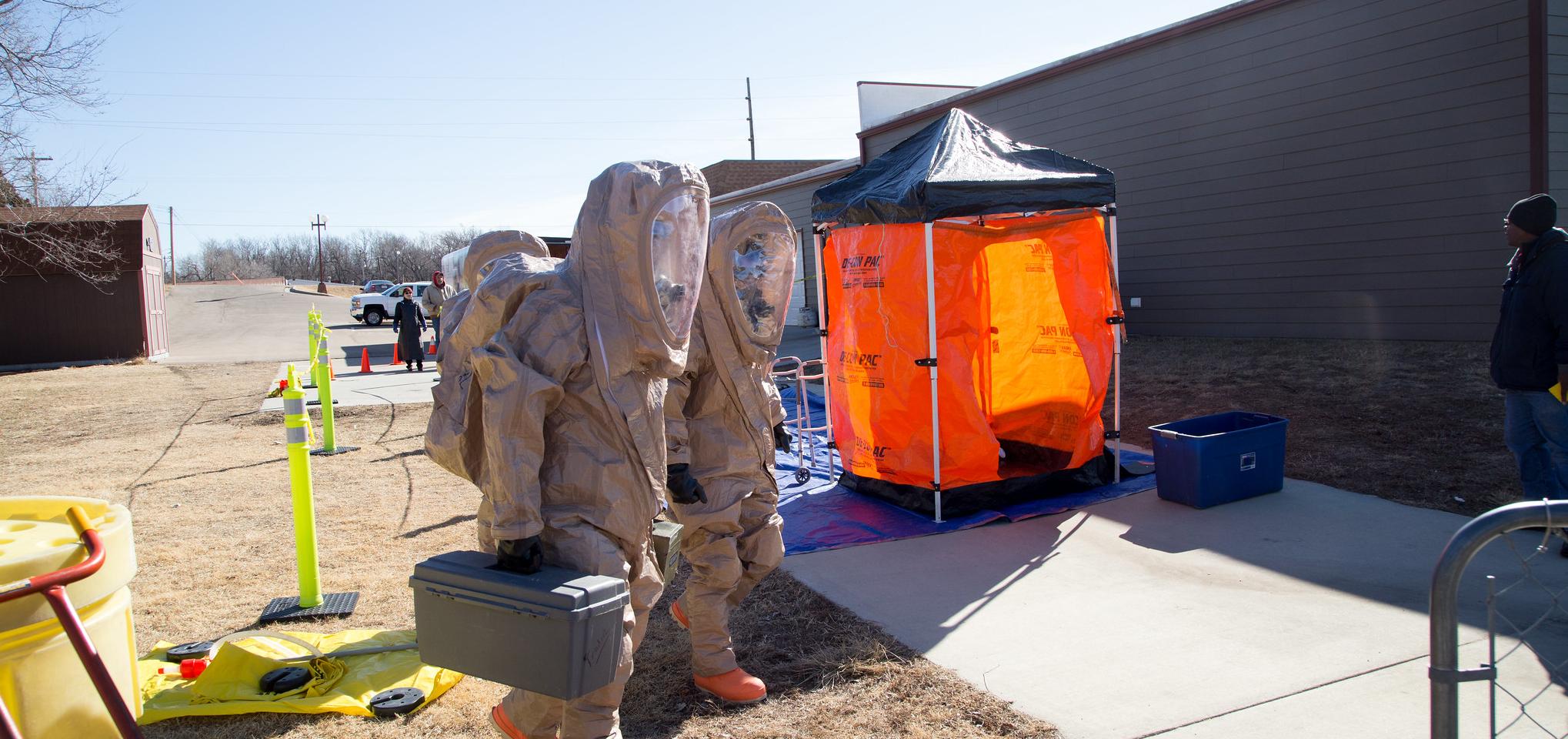
See below for the 2024 Report from the Bureau of Labor Statistics.
What Hazardous Materials Removal Workers Do
Hazardous materials removal workers identify and dispose of harmful substances such as asbestos, lead, and radioactive waste.
Work Environment
Work environments for hazmat removal workers vary. Completing projects may require night and weekend work. Overtime is common for some workers, particularly for those who respond to emergencies or disasters.
How to Become a Hazardous Materials Removal Worker
Hazmat removal workers typically need a high school diploma and are trained on the job. Workers may complete training that follows Occupational Safety and Health Administration (OSHA) standards. Some hazmat removal workers need federally or state-mandated training, licensing, or permits, depending on the type of waste remediation.
Pay
The median annual wage for hazardous materials removal workers was $47,280 in May 2023.
Job Outlook
Employment of hazardous materials removal workers is projected to grow 1 percent from 2023 to 2033, slower than the average for all occupations.
Despite limited employment growth, about 4,800 openings for hazardous materials removal workers are projected each year, on average, over the decade. Most of those openings are expected to result from the need to replace workers who transfer to different occupations or exit the labor force, such as to retire.
Visit the BLS website for the full report and more resources.
